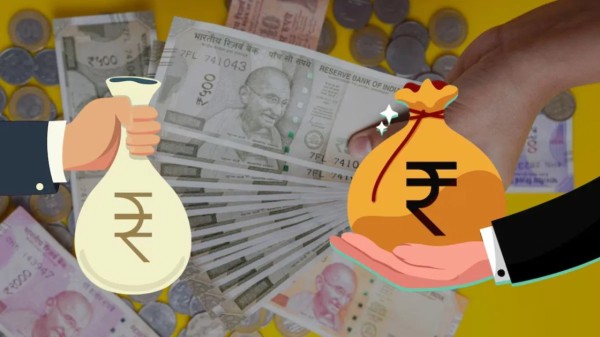

By signing in or creating an account, you agree with Associated Broadcasting Company's Terms & Conditions and Privacy Policy.


By signing in or creating an account, you agree with Associated Broadcasting Company's Terms & Conditions and Privacy Policy.

Indian smartphone exports have hit an all-time high of $10 billion in the April to July 2025 period, led by Apple Inc. This represents a 52 percent rise compared to last year, in the same time frame of $6.4 billion. The increase is in spite of the U.S. threat of tariffs that may derail the emergence of India as a manufacturing hub. The export of Apple iPhones alone increased by 63 percent to reach $7.5 billion, which is up from $4.6 billion the previous year.
The three major vendors of the company, Foxconn, Pegatron, and Tata Electronics, contributed 75 percent of the export of smartphones in India. These companies enjoy the production-linked incentive (PLI) scheme in India, which is due to expire in March 2026. Nevertheless, Apple plans to expand into India, but this may be threatened by the proposed 50 percent tariffs by U.S. President Donald Trump on Indian exports. The tariff exemptions on smartphones could also be affected by a Section 232 semiconductor inquiry that is due to be completed in early September.
Apple has increased its manufacturing in India in an attempt to diversify its supply chain beyond China. India is now one of the major sources of iPhones manufactured by the company, as it produces 15 percent of its iPhones in the world, which was almost zero ten years ago. The Chennai plant of Foxconn, which produced 20 million iPhones last year, has started to work on Sundays to satisfy the demand. Apple has also obtained a green corridor at the Chennai airport where the customs clearance of 30 hours has been reduced to six. The relocation assisted Apple in flying 600 tonnes of iPhones, which is approximately 1.5 million, to the U.S. in March to evade tariffs that were to be imposed.
In April, the U.S. placed a 26 percent tariff on Indian imports, although a 90 day reprieve was declared, but not on China. Conversely, the Chinese goods are charged a 125 percent tariff, thereby rendering India a cheaper alternative to Apple. The pressure is, however, exerted by Trump pursuing the manufacture in the United States. He has encouraged Apple CEO Tim Cook to move production to America with threats of a 25 percent tariff on non-American-made iPhones. Analysts believe the price of the iPhones made in the U.S. would be high, to the tune of $3,500 as compared to the existing price of $1,000.
In 2024-25, smartphone exports increased to 55 percent in India, with iPhones taking 58 percent of the share at 50 lakh crore. The country exported an amount of 23.9 million iPhones during the first half of 2025, which is up by 53 percent in comparison to last year. These were almost 78 percent of the total and an improvement over 50 percent in 2024. Despite various obstacles such as high duties on components, industry experts view India as an important component in the China-plus-one strategy of Apple. Facing a threat of tariffs, the Indian manufacturing environment tries to maintain its competitiveness with rival economies such as Vietnam.








